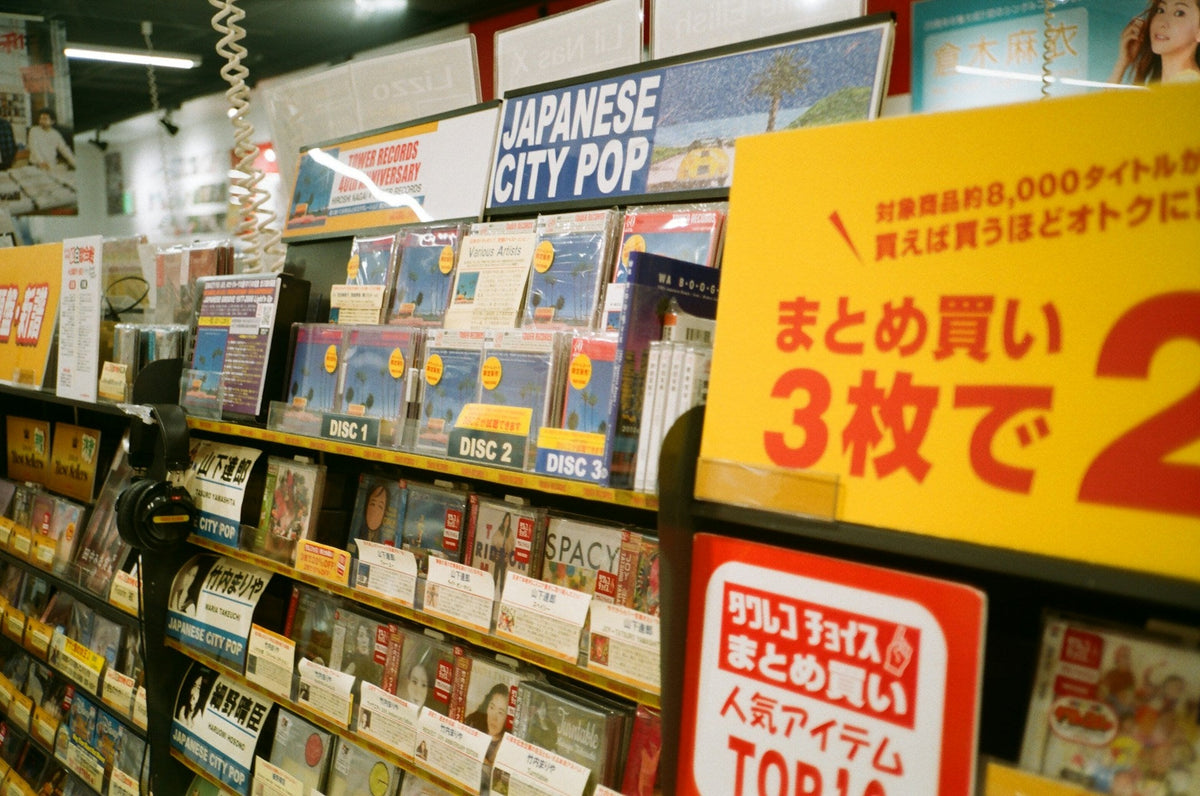
Japanese Onomatopoeia: A Guide to the Most Expressive Sound Words in the Language
|
Time to read 4 min
|
Time to read 4 min
Japanese has a sound for everything. Not just for barking dogs or crashing waves but for sparkling light, rumbling tummies, pounding hearts, and awkward silences.
These vivid sound-symbols are called onomatopoeia, and they are everywhere in Japanese: in manga, everyday conversations, even business meetings. Understanding Japanese onomatopoeia gives you access to the emotional rhythm of the language. It brings your sentences to life and makes your fluency feel real.
Let’s explore why these sound-based expressions are more than just cute noises, and how you can start using them naturally.
Japanese onomatopoeia goes far beyond the typical sound effects we think of in English. It includes words for:
Natural sounds (wind, footsteps, thunder)
Emotions and inner states (nervousness, hunger, joy)
Physical sensations (pain, sleepiness, cold)
Visuals and textures (sparkle, smoothness, mess)
There are two main categories:
Literal sounds — These mimic actual noises.
Examples:
ワンワン (wan wan) – “Woof woof” (dog barking)
ドアがバタン (doa ga batan) – “The door slammed”
Japanese learners often share fun examples and meanings on Japanese StackExchange.
Descriptive sounds — These express feelings, conditions, or movements, even when there’s no actual sound.
Examples:
ドキドキ (doki doki) – “Heart beating fast” (nervous or excited)
キラキラ (kira kira) – “Sparkling” (something shiny or radiant)
For a detailed breakdown and real-world examples of each type, check out Udemy’s guide on Giseigo, Giongo, and Gitaigo.
These expressions are part of native-level fluency. They:
Add emotional depth to conversations
Make your speech more relatable and natural
Appear constantly in anime, manga, and casual speech
Reflect the uniquely sensory nature of Japanese culture
Even simple phrases can gain more impact:
ドキドキする (doki doki suru) – “I feel nervous”
ゴロゴロしてる (goro goro shiteru) – “I’m just lounging around”
These are not slang or stylistic flourishes. They are fundamental parts of everyday Japanese.
Here are some must-know expressions to help bring your Japanese to life:
Japanese Word |
Meaning |
Pronunciation |
|---|---|---|
ドキドキ |
Heart pounding (nervous/excited) |
doki doki |
ワクワク |
Excited anticipation |
waku waku |
ぺこぺこ |
Hungry / stomach rumbling |
peko peko |
うとうと |
Dozing off / nodding |
uto uto |
キラキラ |
Sparkling / shiny |
kira kira |
バラバラ |
Scattered / all over the place |
bara bara |
ゴロゴロ |
Lounging / rolling / thunder |
goro goro |
プンプン |
Angry / fuming (often childish) |
pun pun |
シーン |
Silence / awkward pause |
shiin |
ガーン |
Stunned / shocked / disappointment |
gaan |
This video offers a lively introduction to Japanese onomatopoeia in real conversations. it’s a great way to hear how these words actually sound when spoken naturally.
Many onomatopoeic words act like adverbs or take verbs like する (suru – to do) or なる (naru – to become) .
Examples:
テストの前はドキドキする。
(Tesuto no mae wa doki doki suru.)
“I get nervous before a test.”
お腹がぺこぺこだよ。
(Onaka ga peko peko da yo.)
“I’m starving.”
彼女の笑顔がキラキラしてた。
(Kanojo no egao ga kira kira shiteta.)
“Her smile was sparkling.”
部屋がバラバラになってる!
(Heya ga bara bara ni natte ru!)
“The room is a complete mess!”
These expressions work naturally in both spoken and written Japanese, and they are often the secret ingredient behind native-sounding dialogue.
A recent Reddit discussion highlights how learners can easily add onomatopoeia into journaling and speech: How to study onomatopoeia.
Unlike many languages, Japanese doesn’t rely solely on adjectives to describe experience. Instead, it leans on rhythm and sound to capture what it feels like to be in a moment.
Think of onomatopoeia as sound-based emojis:
Instead of saying, “I was shocked,” you say: 「ガーン…」(gaan) — and everyone feels it.
Instead of saying, “He’s just lying around,” you say: 「ゴロゴロしてる」(goro goro shiteru).
It makes the emotion immediate. It’s not just language — it’s expression. Linguistic research supports this sensory richness—this paper from Frontiers in Psychology explores sound symbolism in Japanese.
Watch slice-of-life anime – Listen closely for gitaigo and giseigo in context. You can also explore Toei Animation titles to observe sound-symbolic storytelling in anime.
Read manga – Look at how characters use sound-words in emotions or actions. Try matching scenes with audio while listening to JapanesePod101 for spoken onomatopoeia examples.
Speak them aloud – Say them with feeling, not just pronunciation.
Use them in journaling – Describe your day with ドキドキ or ゴロゴロ.
Group by theme – Study onomatopoeia for emotions, weather, or food separately. NihongoFlashcards offers a focused look at onomatopoeia for eating and drinking.
You will begin to notice them everywhere — and once you do, your brain starts thinking in them too.
Want to go deeper into reading and recognizing Japanese syllables? Our Hiragana and Katakana Flashcards are designed for serious learners who want to build strong reading fluency from the start.
Viti our Amazon store to find sets for Hindi, Thai, and more.
Japanese onomatopoeia may look playful at first, but they carry real emotional weight and cultural depth.
They let you:
Say more with fewer words
Tap into feeling and mood
Sound more native, more expressive, more alive
Learning them is not just about vocabulary. It is about feeling your Japanese grow word by word, sound by sound.
A comparative study shows how Japanese sound-symbolic words influence translation and literary expression, especially in manga.
Keep exploring Japanese fluency


